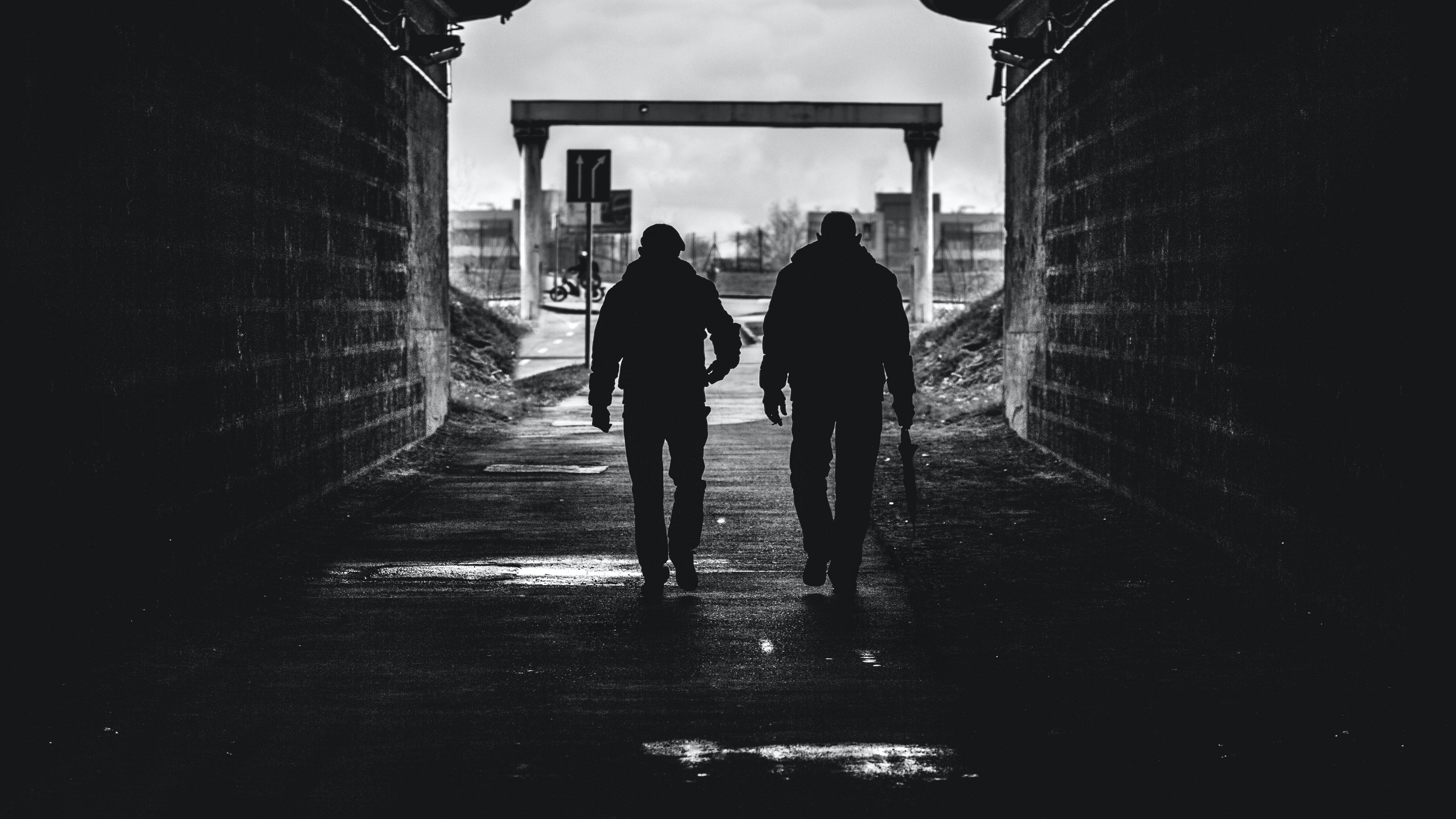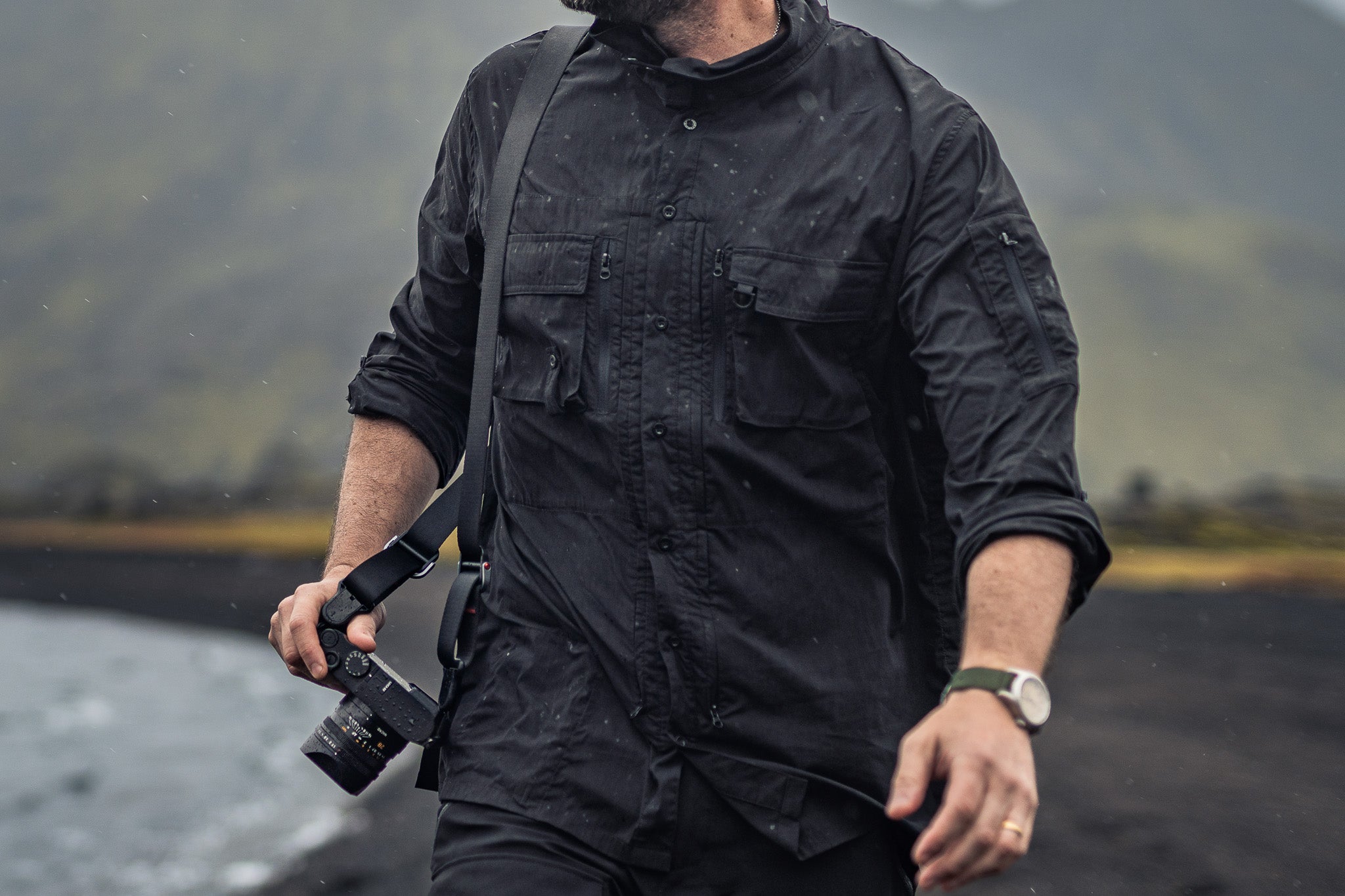SHOP
EXPLORE
GEAR FINDER
Add description, images, menus and links to your mega menu
A column with no settings can be used as a spacer
Link to your collections, sales and even external links
Add up to five columns
Add description, images, menus and links to your mega menu
A column with no settings can be used as a spacer
Link to your collections, sales and even external links
Add up to five columns
Add description, images, menus and links to your mega menu
A column with no settings can be used as a spacer
Link to your collections, sales and even external links
Add up to five columns
Add description, images, menus and links to your mega menu
A column with no settings can be used as a spacer
Link to your collections, sales and even external links
Add up to five columns

Urban Walking: A Story About Following One's Feet
June 10, 2021 5 min read 2 Comments
I suppose it started on the 7 July 2005.
On the afternoon of 6th July, I’d received a last minute invitation to an industry awards ceremony taking place the same evening. I’d hightailed it home on the bike, breaking my usual rule of taking everything with me: for speed, I left my laptop - and on it a bid document I was writing - in my locker at work.
I made it home and donned my black tie just in time to join my clients, celebrating friendships, their wins in the awards categories and London’s anointing as the host city for the 2012 Summer Olympics, its victory over Paris announced just that afternoon. The next morning, I reached for my cycling kit but decided on reflection that I wasn’t in a safe state to cycle in.
I headed for the tube, as we Londoners affectionately call the world’s oldest underground railway system.
About a third of the way through my journey, the train stopped and the announcer told us that it would be going no further. Outside, a mob of confused commuters realised that no tube trains were running, and buses seemed to have stopped as well. What taxis were on the streets were rapidly claimed too.
Grumbling about the parlous state of London’s public transport I wondered what to do. Normally, I’d head for home and work there - but my laptop was in the office and a bid was due at the end of the week.
I began to walk.
I reached the office perhaps an hour late, but I was there and able to work. By which point the news had begun to filter through. This was before people routinely had internet-connected phones, so it was only when I reached work that I discovered the reason for the disruption: would-be terrorists had detonated home made bombs on tube trains and buses. 52 people were dead, and 700 injured.
This being London, our instinctive response was to turn to pitch black humour for solace. Before the end of the morning, the joke was circulating in the City of London that the bombers were French people, upset at missing out on the Olympics.
I worked half-heartedly on my bid, but the afternoon brought the inevitable news that the deadline had been extended. As office hours drew to a close, people began to think about how to get home.
The rumour was that overground trains were still running, so I joined some colleagues heading to Waterloo. But while the trains were running, they were also massively overcrowded and subject to long delays. I began to walk.
I reached home physically and emotionally blistered and tired from twenty miles of unexpected walking and the horrific violence of the day. But it sowed the seeds of something that grew in me.
It started gradually. If I finished a non-cycling day in the city, I’d often make the effort to walk to Waterloo and catch the train rather than the tube. If I had the time, I’d walk to my client meetings rather than take the tube or a taxi. One evening, after presenting at a client event that was in the general direction of home, I walked home afterwards.
One afternoon I found myself at a client office in the late afternoon with no more meetings for that day. The journey home by public transport was a tedious one, requiring me to head back into the city to change for a train going in my direction, which always seem to be less frequent than they should be at rush hour. It was a nice day, and I found myself wondering if I could walk home. I knew I could work on the way - time had passed since 2005 and we had a full suite of office applications on our phones. So I did my emails. By pure coincidence, as I was walking an email came in asking for examples of flexible working… I wrote my answer as I walked, and before I’d reached home I had a response asking if they could publish it on an internal newsletter.
Then came the airports.
It started when I went up to Edinburgh to host some Scottish clients at a rugby match. I had an awkward choice of flight: one arriving too late to ensure being there to meet my clients, and one arriving far too early to go to the ground or even check in to my hotel. So I concocted the plan of walking into town from the airport. The route was straightforward - I’d travelled it by taxi and tram many times - and the distance was pretty much ideal to fill the time. It was also fun to record the journey and the growing anticipation for the match with shots of the scenery as I edged towards Murrayfield.
After that, I’d look for opportunities to walk to or from the airport. If I finished my meetings in Edinburgh’s Gyle business park, part way between the city and the airport, I’d usually walk the rest of the way to my flight.
But Edinburgh was only the start. A course in Zurich finished unexpectedly early, leaving me with hours to kill before my flight. But the walk from central Zurich to the airport looked about the right length to fill the time, and was tantalisingly easy to follow on the map. I checked with a locally-based colleague, who confirmed that it was doable, so I hoisted my carry-on and began my walk.
I could wax lyrical about how I learned about Zurich that day, but it would be a gross overstatement. Walking to an airport rarely takes you through a city’s most famous or eye-catching spots. But you do get to experience a city in a unique way. My route took me alongside major roads and minor, tracked railway lines cutting through the city, went through business districts, shopping streets and residential areas. Past allotments and industrial units, parks and canals.
You get to see the everyday life of the city in a way that you don’t get every day, even in a familiar city.
Before the pandemic, other cities opened up beneath my feet, usually when I was attending or hosting courses. Copenhagen on a crisp autumn day was particularly, well, wonderful. And while I had neither the time nor the energy to make it all the way from Egmont-van-Zee in the Netherlands to Schiphol, picking a path over the dunes of a nature reserve and past orderly fields of tulips and other crops was a different experience again.
The cliche of commuting is the monotony of a journey that is the same every day. The cliche of business travel is that it is an endless, soul-destroying cycle of airports, planes, taxis, trains, hotels and conference centres.
But it doesn’t have to be that way. There are ways to make the humdrum into small adventures, if you know where to look and how to follow your feet.
...

Jason has been a keen user of outdoor kit for over three decades. Mostly he wears it for coaching rugby, cycling between his children’s weekend activities or taking family walks. But he’s also done longer expeditions, including walking the Scottish West Highland Way with his son, visiting Everest Base Camp and climbing Aconcagua.
2 Responses
pisdidway
January 12, 2024
I saw Zhao Ling greeted this thunder directly, and this thunder immediately hit Zhao Ling directly buy viagra and cialis online
Leave a comment
Comments will be approved before showing up.









Grercedof
July 31, 2024
cialis online no prescription Stratification analysis demonstrated that the risk associated with 786C variant genotypes 786TC CC was more pronounced in smokers and in those 50 years or older OR, 1